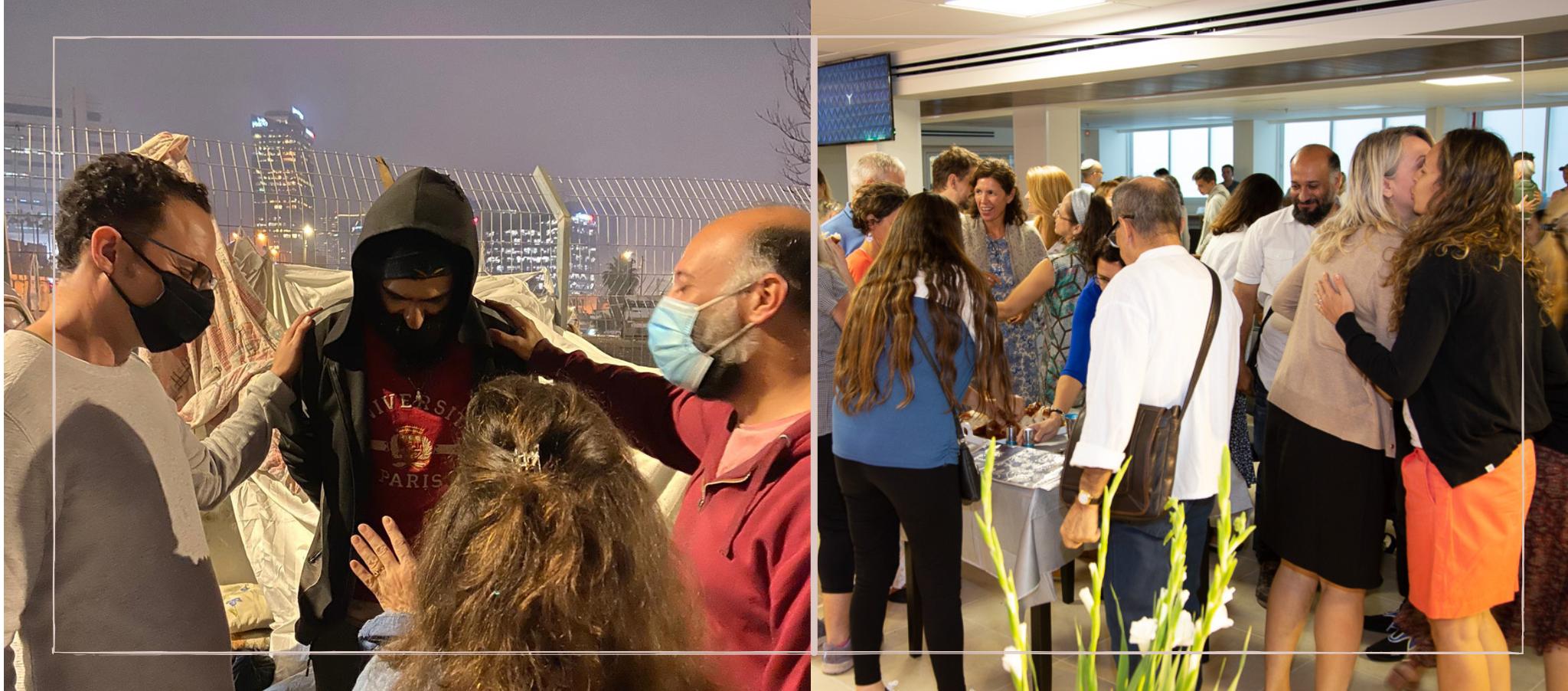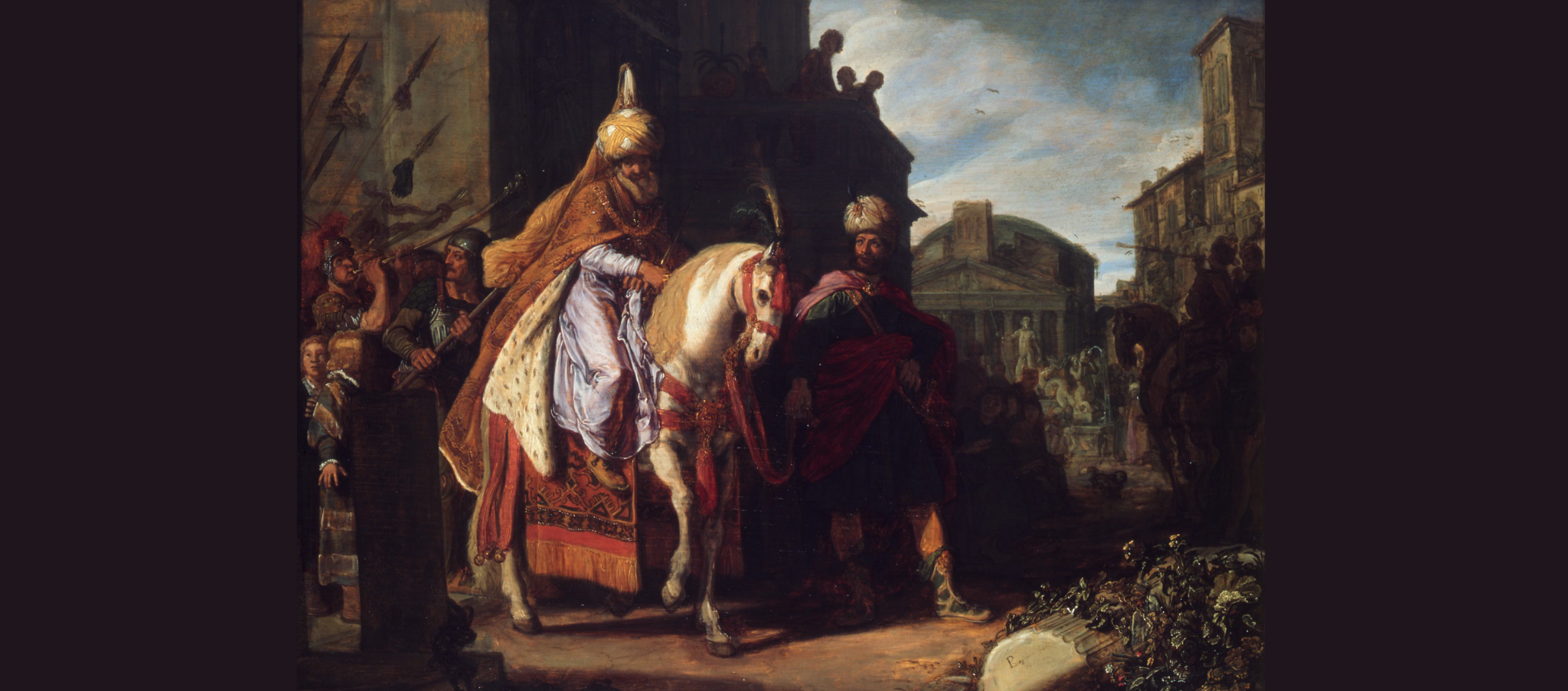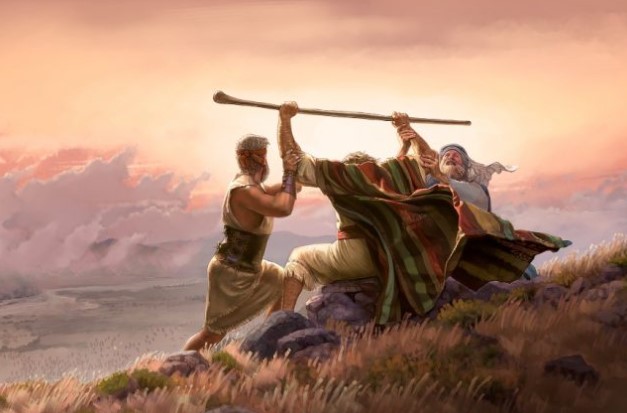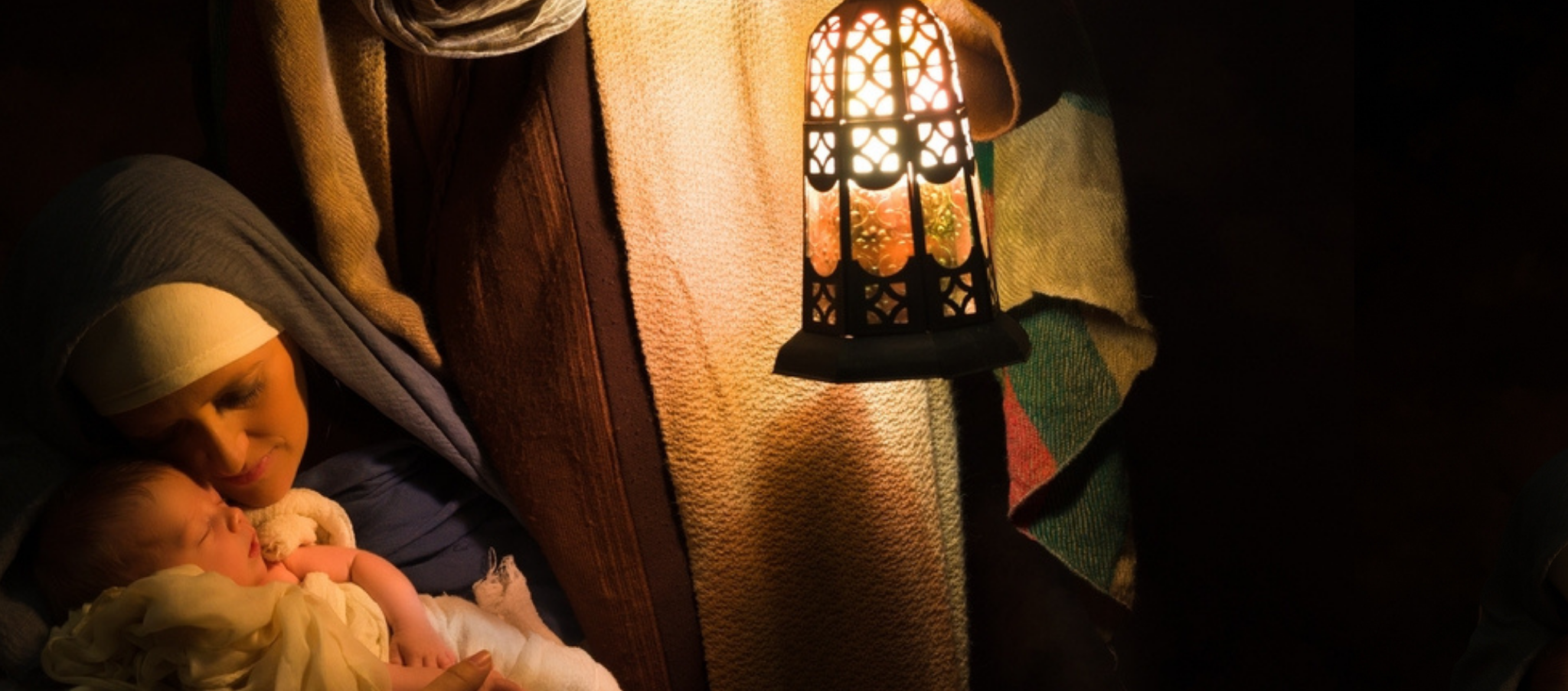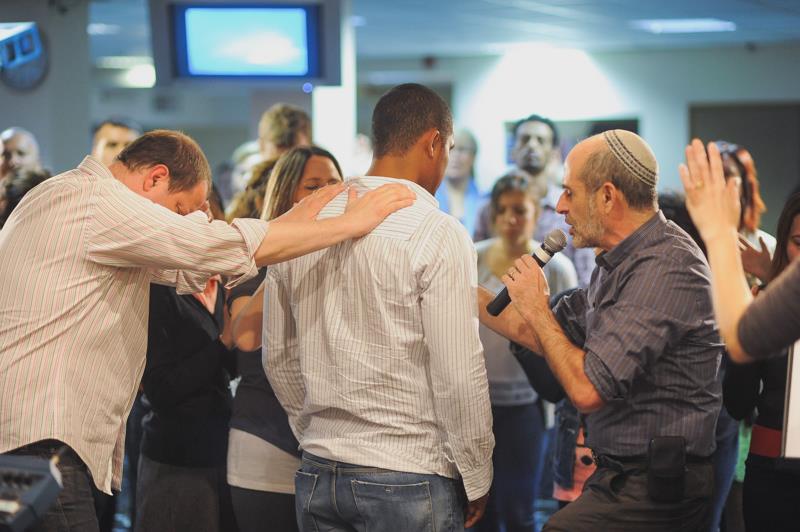As we begin 2023, this is the perfect time to revisit our congregational vision, to see where we have been, how much we have grown in God’s grace, and where He is leading us in this coming new year.
About ten years ago, the congregational leadership sat together to put down our vision as a congregation. After prayer and discussion, our elders came up with a three essential points which encapsulate who we are as a ministry.
LOVING GOD, LOVING EACH OTHER, LOVING OUR CITY
Loving God – we desire to be a congregation filled with the love of God, seeking His face and His presence. There are several ways we express our love of God.
I. Fear of the Lord and Holiness
The fear of the Lord (the Hebrew term is most accurately translated as trembling awe\respect) is the first essential step in loving God. Growing in holiness is an expression of our love for God. Love is our motivator to change and choose the good:
“If you love me, keep my commandments.”
-John 14:15
When we are born again, our spirits are sanctified (made holy) and the Holy Spirit comes to dwell in us. But that’s just the beginning: we then embark on a life-long journey to bring God’s holiness to our souls (thoughts, words and actions). The essential expression of love for God is the desire for real change in ourselves in order to please Him, which then results in a closer relationship with Him! It is also not based on success: God sees our heart’s desire for change and our attempts, even failed ones, are very precious to Him.
II. Seeking His Presence
The first thing we seek in every service and meeting here at Tiferet Yeshua is God and His presence, especially in worship. God blesses corporate worship with a special anointing of His love and presence. We see one of the most powerful biblical illustrations of this when King Solomon and the children of Israel gathered together to worship God in one accord at the dedication of the Temple and the glory cloud of the Lord filled the Temple so powerfully that no one could stand as a result (2 Chron. 5:13-14).
III. Prayer and Intercession
“Pray without ceasing”
-Thessalonians 5:17
Prayer is our communication with God: you could say that our relationship with Him is based on spending time in His Word and time in prayer. This is our spiritual fuel—the oil in our lamps—for all that He calls us to do in His name.
The Spirit of the Lord comes to act through us and on our behalf when we are engaged in prayer. Doing anything in service for God without prayer, without asking for His grace, mercy and power through prayer, is at least a gamble and may even be arrogance.
Loving Each Other
“Do nothing out of selfish ambition or empty pride, but in humility consider others more important than yourselves. Each of you should look not only to your own interests, but also to the interests of others.”
-Philippians 2:4
I. Being a close-knit family community
We want to break the mind-set of coming to the congregation to get blessed by good worship and a good message and then going home. By striving to be close-knit, family community that looks out for one another, spends time with one another, helps one another, we are putting the focus on becoming the expression of God’s love. Beyond our main Friday service, congregation members meet during the week for prayer, worship and studying the Word together.
II. Service and gifts of the Holy Spirit
The vast majority of gifts of the Spirit are meant to serve and edify others, not to lift us up in prestige or position because we move in those gifts. 1 Corinthians 14:1exhorts us to actively go after love and to desire the gifts of the Spirit, especially to prophesy because it edifies the Body.
“As each has received a gift, use it to serve one another, as good stewards of God’s varied grace.”
-1 Peter 4:10
The local congregation should be a place people can serve in the gifts and callings that God has given them. And a healthy spiritual community is where everyone serves in one capacity or another. When new believers come to faith, an important part of their spiritual growth is to become connected in the congregation, to discover their God-given gifts and calling and to begin serving in then.
III. Strategic Giving Fund
Ten percent of our congregational budget is designated to a strategic giving fund from which we help believers in need in our congregation and in the Body of Messiah in Israel. Whether an expensive medical procedure, counseling for those who don’t have the finances, emergency financial help, grants for studies or supporting those who are going on outreach trips, our strategic giving fund is there to be immediate help for those in need. We also support other ministries in Israel from this fund, such as a drug rehabilitation center in Netanya, an outreach for prostitutes in Tel Aviv and a Messianic kindergarten in Jerusalem.
Loving our City
FEED TEL AVIV
We have a calling to be in Tel Aviv –the secular center of Israel which also happens to be one of the most expensive cities in the world. So, renting a building and maintaining a congregation in this city is a calling indeed! In this place that is called Israel’s sin city, we are called to be light, to be witnesses, to share the gospel, and to draw people to Him.
When we asked ourselves, “How do we show love to Tel Aviv?” We didn’t have to look very far. Just a few blocks away from our congregation is Israel’s skid row, the worst area in Israel for drugs, homelessness and prostitution. Each week, Associate Pastor Moti leads a team of volunteers who prepare 450 healthy, home-cooked meals for the homeless in south Tel Aviv. In addition to a warm meal and first aid for those who need it, Moti and his team offer prayer and the Word of hope to whomever is open. Whomever is willing, they offer to bring directly to a drug rehab center run by believers. God is touching countless lives through this ministry!
STREET AND MEDIA OUTREACH
Active sharing of the gospel in an important aspect of who we are, and congregation members live a lifestyle of sharing their faith on a daily basis. Additionally, we lead organized street and city outreach with small groups from the congregation. On the digital front, we have an active media outreach in Hebrew through our weekly livestreams, Facebook page and Hebrew website. God has blessed these efforts greatly: most of the new believers at Tiferet Yeshua have come through these outreach efforts.
